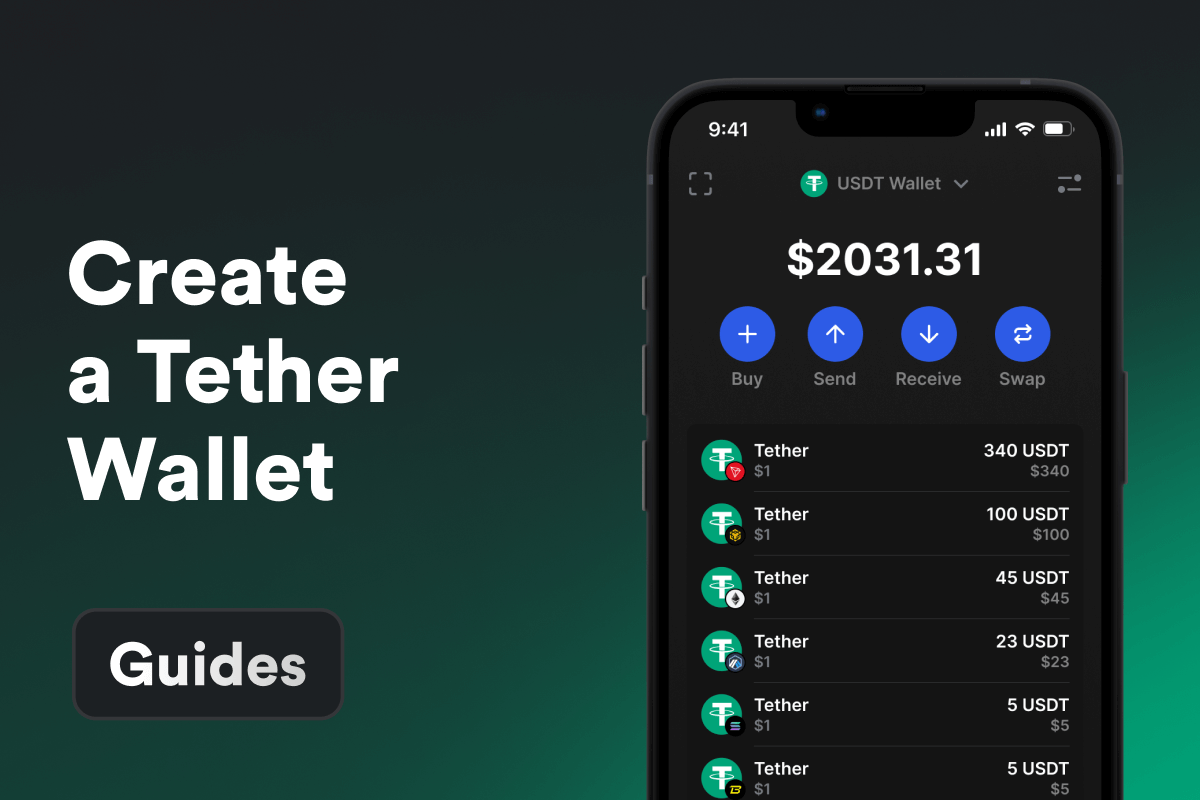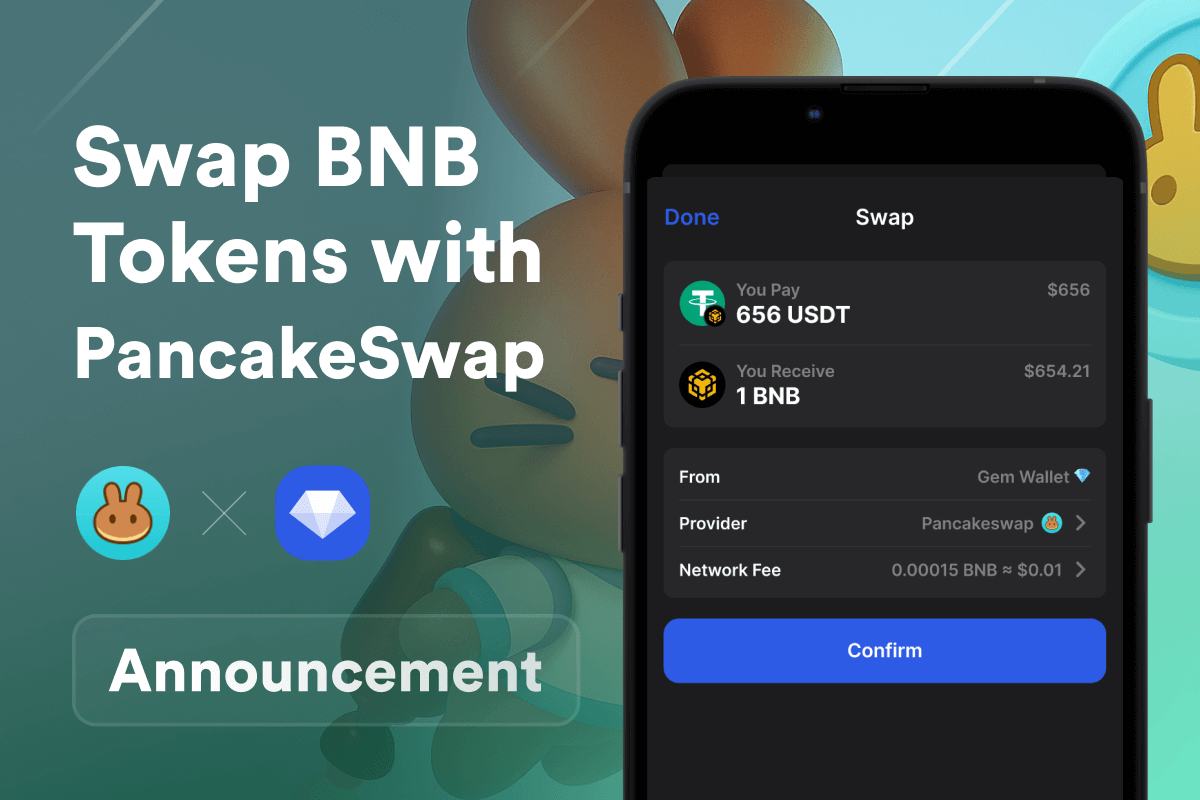
What Is Stablecoin?
A stablecoin is a digital currency designed to maintain a stable value by being tied to reliable assets like the US dollar. Unlike other cryptocurrencies that can experience significant price fluctuations, stablecoins are perfect for everyday use. They provide convenient and fast transactions, payroll, and purchasing goods, making them indispensable in daily life. Their stability also protects from Bitcoin bear markets, preserving assets during instability. However, due to their centralized nature, using stablecoins for long-term capital preservation may be impractical. Nonetheless, they are essential for modern finance.
History of Stablecoins
The history of stablecoins began in 2014 with the creation of Tether (USDT), developed by a team including Brock Pierce, Reeve Collins, and Craig Sellars. Tether was designed to maintain a 1:1 value with the US dollar, offering a stable and reliable cryptocurrency option. This innovation was the first of its kind, addressing the issue of volatility in the cryptocurrency market and paving the way for the development of other stablecoins. Since then, significant advancements have been made, including the launch of USD Coin (USDC) by Circle and Coinbase in 2018 and the introduction of decentralized stablecoins like DAI, developed by the MakerDAO team. These milestones have established stablecoins as a crucial component in the cryptocurrency ecosystem.
Is a Stablecoin a Cryptocurrency or Not?
There is still debate about whether stablecoins are really cryptocurrencies, and there is no clear answer. Unlike regular cryptocurrencies like Bitcoin, which can change in value a lot, stablecoins try to keep their price steady. They are meant for everyday use, trading, and keeping value safe, not for investing or speculating. Most stablecoins are backed by reserves like fiat money, commodities, or other cryptocurrencies to keep their price stable, which regular cryptocurrencies don’t have. The main issue is that stablecoins are centralized. One company issues and controls the tokens and can block addresses, which means they have full control. This is different from regular cryptocurrencies, which are decentralized. This centralization is why some people say stablecoins aren’t true cryptocurrencies. But stablecoins are a good example of how blockchain technology can be used in real life.
How Stablecoins Changed the Cryptocurrency Market
Before the world knew about stablecoins, the cryptocurrency market was highly volatile, making it difficult for people to use digital currencies for everyday transactions. Prices of traditional cryptocurrencies like Bitcoin and Ethereum fluctuated wildly, causing uncertainty and limiting their practical use. The introduction of stablecoins brought stability and predictability, transforming the way digital currencies are utilized and accepted.
Before Stablecoins
The process of buying and selling cryptocurrencies was complex and confusing for new users. The primary method for purchasing altcoins involved first acquiring Bitcoin or Ethereum and then exchanging them for the desired altcoins on cryptocurrency exchanges. Transaction fees were high, especially during periods of increased network activity. Additionally, the confirmation time for transactions could vary from a few minutes to several hours, depending on network congestion and set fees. This created inconveniences for users waiting for their transactions to be completed.
Using cryptocurrency as a means of payment faced significant challenges. This was mainly due to the high volatility of prices, making it difficult to predict the cost of goods and services. Companies and consumers experienced inconvenience due to sudden changes in the value of cryptocurrencies like Bitcoin and Ethereum. This limited the use of cryptocurrencies for everyday transactions and made them less appealing to a broader audience.
After Stablecoins
With stablecoins the cryptocurrency market changed significantly, simplifying the process of buying and selling cryptocurrencies. Users could now directly purchase altcoins with stablecoins, bypassing the need to first buy Bitcoin or Ethereum. This reduced the number of steps and simplified the process. Transaction fees became more predictable and lower, and transaction confirmation times became faster.
Stablecoins have significantly changed payment systems, making transactions between people simpler and more transparent. The stability provided by stablecoins has eliminated the risk of price changes during transactions, making them more attractive for everyday payments and settlements. For example, PayPal became popular for international transfers, but with the advent of stablecoins, transfer fees have significantly decreased, making international payments more accessible.
Regarding investments, investors could store their assets in stablecoins, minimizing the risks associated with market volatility. This allowed for more efficient portfolio management and reduced the likelihood of losses. Stablecoins significantly increased liquidity, facilitating large transactions and improving overall market conditions.
Stablecoins took an important step in the development of the cryptocurrency market, significantly improving conditions for users and investors. Reduced risks, lower fees, faster transactions, and increased market liquidity have made stablecoins a vital component of the modern cryptocurrency ecosystem.
Stablecoins have not yet achieved widespread use, despite their market cap. Adding USDT to the TON blockchain through Telegram, with its billion users, will simplify transactions and increase transparency, trust, and regulation.
Difference Between Stablecoins and Fiat Money
Fiat money and stablecoins represent two different forms of currency, each with its own unique features and purposes. Although both these currencies are used for storing value and making payments, their nature and methods of backing are significantly different.
Nature and Backing
-
Stablecoins: These are digital currencies whose value is pegged to a reserve of assets, such as fiat money, commodities, or other cryptocurrencies. The goal is to maintain a stable value.
-
Fiat Money: This is government-issued currency that is not backed by a physical commodity but rather by the government that issued it. Its value is determined by the relationship between supply and demand and the stability of the issuing government.
Regulation and Legal Basis
-
Stablecoins: A relatively new product with less developed legal frameworks. Regulatory clarity varies significantly across jurisdictions, and the legal basis for their use and regulation is still evolving.
-
Fiat Money: Highly regulated and transparent, with a long history of regulatory frameworks and oversight mechanisms. Central banks and governments control its issuance and circulation, ensuring legal and economic stability.
Usage and Accessibility
-
Stablecoins: Only require a smartphone with a wallet app installed. Transactions can be easily conducted regardless of geographical location, making them very accessible.
-
Fiat Money: Traditional fiat money can be difficult for ordinary people to access. Although modern digital fiat money has been around for over 30 years, approximately 1.92 billion people still do not have access to banking services. Opening a bank account can be a tedious process, and many regions lack easy access to banking infrastructure.
Transaction Fees
-
Stablecoins: Generally have lower transaction fees because they use blockchain technology, reducing the need for intermediaries.
-
Fiat Money: Often associated with high transaction fees, especially for international transfers, due to the involvement of multiple intermediaries such as banks and payment processors.
Transaction Speed
-
Stablecoins: Transactions are typically faster, often taking just a few minutes thanks to blockchain technology, which ensures near-instantaneous settlement. The transaction time for stablecoins is always the same and depends only on the blockchain they are issued on.
-
Fiat Money: Payment delivery times can vary for different recipients. Sending money over long distances or through multiple regulators takes more time. Transactions, especially international ones, can take several days due to the involvement of various financial institutions and regulatory checks.
Transparency and Publicity of Transactions
-
Stablecoins: Transactions are public and traceable on the blockchain. They operate on smart contracts and blockchain technology, which are more reliable and resilient. This transparency can enhance trust and security, as all transactions are visible and verifiable.
-
Fiat Money: Transactions are not publicly traceable, offering a level of privacy and security but lacking transparency.
These differences make stablecoins and fiat money important components of the modern financial system, complementing each other in various usage scenarios.
Top Stablecoins: USDT, USDC and DAI
As of today, the largest stablecoins by market capitalization include:
USDT (Tether): USDT the most popular stablecoin, is widely recognized and frequently used on the Tron network due to its extensive reach and liquidity. However, USDT has faced criticism regarding transparency and the centralized control Tether holds, including its ability to freeze funds and block addresses in cases of illegal activity.
“Tether may, at its own discretion, seize your property and hand it over to any government, law enforcement, or other authority when circumstances require,” states the terms of service.
USDC (USD Coin): USDC stands out as the most legally compliant stablecoin, offering transparency and regulatory approval, which makes it a trusted choice for many. USDC is widely used in decentralized finance (DeFi) applications and other financial services.
DAI: DAI on the other hand, is distinct because it is decentralized and collateral-backed, providing a different level of security and stability.
Each of these stablecoins serves different needs, making them valuable in various scenarios.
What Are Algorithmic Stablecoins?
99% of popular stablecoins are not considered cryptocurrencies; the exception is algorithmic stablecoins, which are quite similar to cryptocurrencies.
Algorithmic stablecoins are a unique class of stablecoins that rely on algorithms and smart contracts to maintain their value instead of traditional assets. These algorithms automatically adjust the supply of the stablecoin based on market conditions to keep the price stable.
However, their major drawback is potential instability, especially during market downturns, as they heavily depend on market confidence and complex algorithms. A notable example is the collapse of TerraUSD (UST) and its associated token, Luna, in 2022, when UST lost its peg to the US dollar, leading to significant financial losses and highlighting the inherent risks of algorithmic stablecoins.
The algorithm for stablecoins is not perfect, but we expect developers to create better algorithms that will turn stablecoins into true cryptocurrencies. Despite their current flaws, algorithmic stablecoins have significant potential for improvement.
What Is Staking Stablecoins and How Does It Work?
Staking is a process where users can earn passive income by holding their stablecoins (such as USDT, USDC, or DAI) in their wallets and supporting the blockchain network. It is important to note that true staking requires minimal participation from the user: funds remain in your wallet, and only you have access to them.
Traditional staking usually doesn’t include stablecoins. However, many exchanges offer products called “staking stablecoins”, leveraging the popularity of the term “staking” associated with earning passive income.
When considering financial products from exchanges, carefully choose reliable platforms.
A Quick Guide on How to Start Using Stablecoins
Learn how to easily and safely start using stablecoins to make the most out of them in your financial transactions:
-
Create a Wallet: The first step to getting started is to create a cryptocurrency wallet that supports not only multiple stablecoins but also multiple networks. For example, USDT is available on various networks like TRC20, ERC20, and SPL. Choose a reliable wallet, such as Gem Wallet. Click the “Download Now” button at the top of the screen and follow the simple instructions. Write down and securely store your seed phrase in a safe place. This is the only way to restore access to your wallet if you lose it.
-
Obtain Stablecoins: Once your wallet is created, you need to get stablecoins, such as USDT. Here are a few ways to do this: ask friends to send you stablecoins or transfer stablecoins from your account on a cryptocurrency exchange. You can also purchase USDT directly in the wallet app using a credit card. This is convenient, fast, and minimizes the risk of errors when entering the wallet address.
-
Store Stablecoins: You can safely store your new USDT directly in Gem Wallet. The wallet is self-custodial, open-source, and secure, providing the best solution for the safety and privacy of your assets and personal information.
-
Manage Assets: Managing assets should be convenient and secure. Directly in the wallet, you can transfer stablecoins, Bitcoin, TON, Ethereum, participate in staking, and use other DeFi functions.
-
Swap Stablecoins: Stablecoins can be exchanged for other cryptocurrencies and tokens directly in the wallet app. For example, you can swap USDT for meme coins or tokens of other significant projects. The entire process is automated and available directly in the app.
-
Tokens for Network Fees: To fully use stablecoins, you need tokens to pay for network fees. For example, to send or use USDT TRC20, you need Tron (TRX) tokens to pay the fee. These tokens can be purchased directly in the wallet, making the process quick and convenient.
By following this guide, you can easily start using stablecoins and take advantage of all their benefits for your financial needs.


